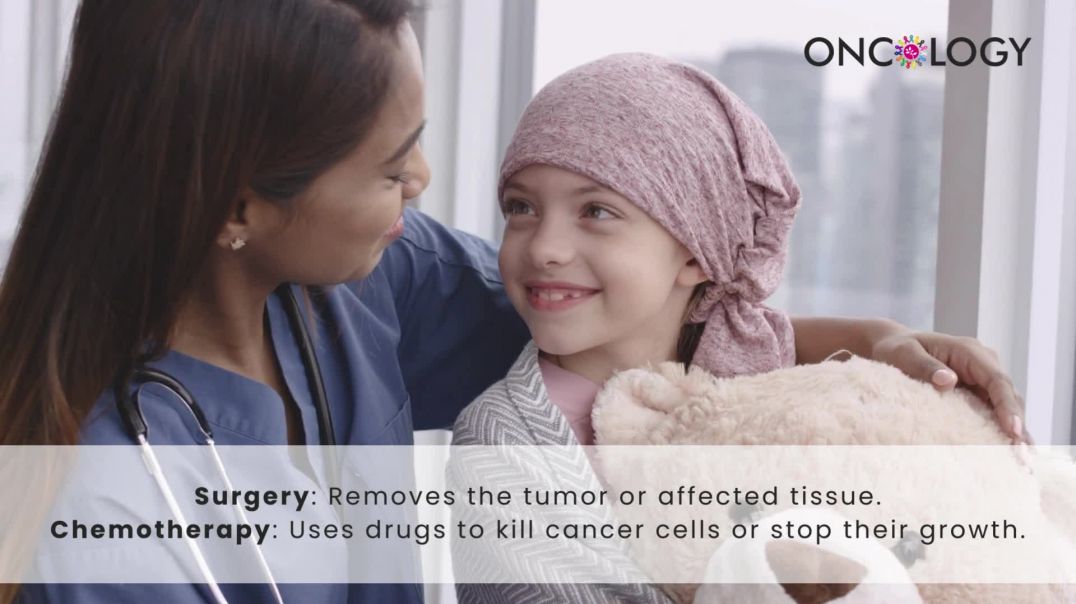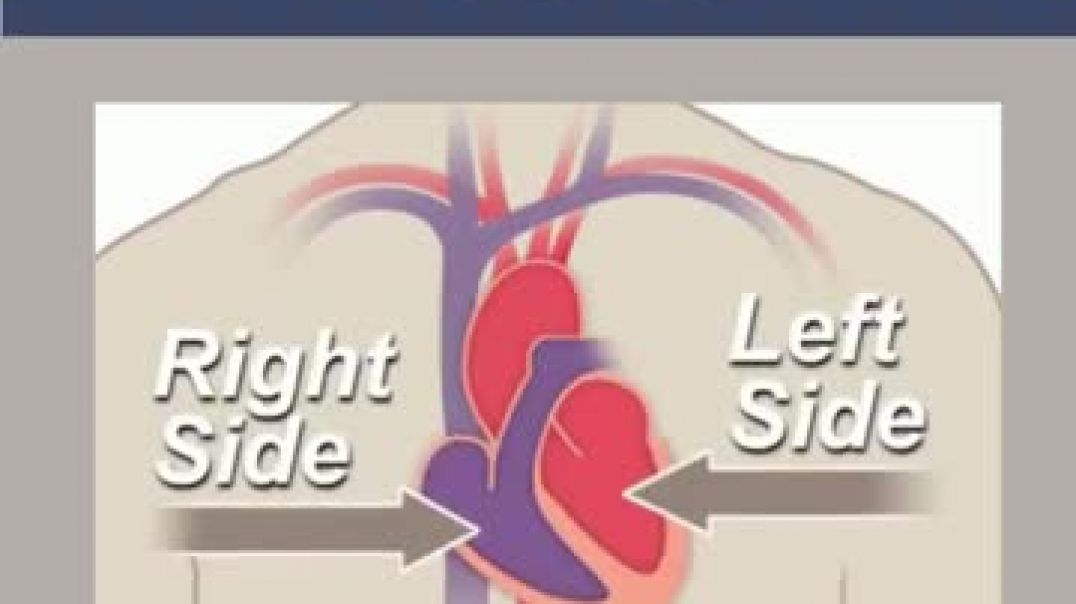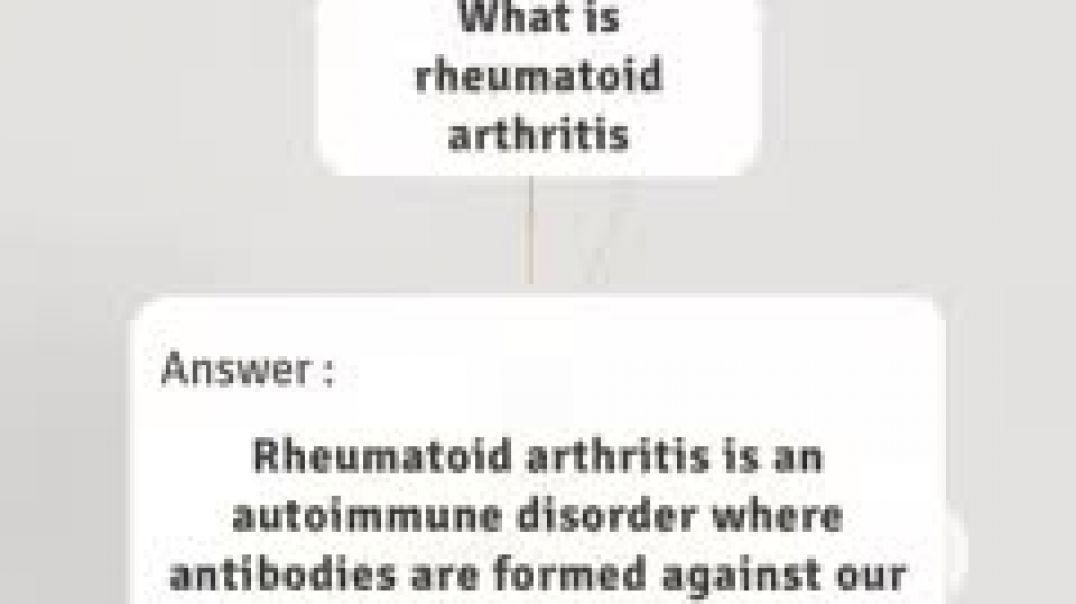Carcinoid syndrome - Symptoms and treatment. Carcinoid Heart Disease
Abnormal growth of cells, usually forms a mass.
It is called tumor. Also known as Neoplasm.
Sometimes Neoplasm begins Production of chemical molecules, which looks like Hormones, or chemical signaling molecules.
When such event happens, Even tumor is smaller in size, we get systemic symptoms.
IF Tumor syntheses Serotonin, then we get Carcinoid syndrome, with following symptoms and signs:
Flushing – Face and chest skin becomes markedly red.
Diarrhea.
Bronchospasm and wheezing.
Small, widened blood vessels on the skin called Telangiectasias.
Right Heart Fibrosis, and Tricuspid and pulmonary valve stenosis.
This Compilation of signs and syndrome is Called Carcinoid Syndrome.
If heart is involved, then Carcinoid Heart Disease.
Commonly, Primary carcinoid Tumor arises most from small intestine, but it can occur in other places also, including Gastrointestinal tract.
Respiratory tract (about 25%).
other areas like ovaries, testicles, and kidneys.
But most commonly, carcinoid arises from small intestine.
Liver has ability to inactivate serotonin, so, at first stage serotonin action is blocked, by its inactivation.
But when tumor metastases to the liver, serotonin directly enter into the systemic circulation. or they are not inactivated due to deranged liver function. That’s why we get abovementioned symptoms including right Heart fibrosis.
Once the carcinoid syndrome has developed, approximately 50% of these patients develop carcinoid heart disease which typically causes abnormalities of the right side of the heart. This condition is called carcinoid heart disease.
Diagnosis:
To make diagnoses we looking for Breakdown product of serotonin, 5-HIAA in the Urine.
It has high specificity and sensitivity, around 90 %.
Blood serotonin is usually not recommended as the specificity of this test is not reliable.
MRI and CT scans for searching metastases.
Treatment:
Octreotide - a somatostatin analogue which decreases the secretion of serotonin by the tumor.
Surgical resection of tumor and chemotherapy.
Prognosis varies from individual to individual. It ranges from a 95% 5-year survival for localized disease to an 80% 5-year survival for those with liver metastases. Treatment importantly increases survival rate. That’s why, even the tumor is rare, its important. To increase patients survival and quality of life.
By https://www.scientificanimations.com - https://www.scientificanimations.com, CC BY-SA 4.0, https://commons.wikimedia.org/....w/index.php?curid=83
By Brooks PJ, Enoch M-A, Goldman D, Li T-K, Yokoyama A - Brooks PJ, Enoch M-A, Goldman D, Li T-K, Yokoyama A (2009) The Alcohol Flushing Response: An Unrecognized Risk Factor for Esophageal Cancer from Alcohol Consumption. PLoS Med 6(3): e1000050. doi:10.1371/journal.pmed.1000050 http://journals.plos.org/plosm....edicine/article?id=1 CC BY 2.5, https://commons.wikimedia.org/....w/index.php?curid=40
By David.moreno72 - dermoscope, CC BY-SA 4.0, https://commons.wikimedia.org/....w/index.php?curid=95
By BruceBlaus. When using this image in external sources it can be cited as:Blausen.com staff (2014). "Medical gallery of Blausen Medical 2014". WikiJournal of Medicine 1 (2). DOI:10.15347/wjm/2014.010. ISSN 2002-4436. - Own work, CC BY 3.0, https://commons.wikimedia.org/....w/index.php?curid=28
carcinoid syndrome, carcinoid, 5-ht, Carcinoid Tumors, Neuroendocrine Tumors, Carcinoid Syndrome, Neoplasm, Carcinoid cancer, neuroendocrine, somatostatin, chromogranin A, serotonin,






















No comments found